Thanks to a pair of very large and strong pectoral fins, flying fish can fly several dozen meters above the water surface whenever they need to escape predators.
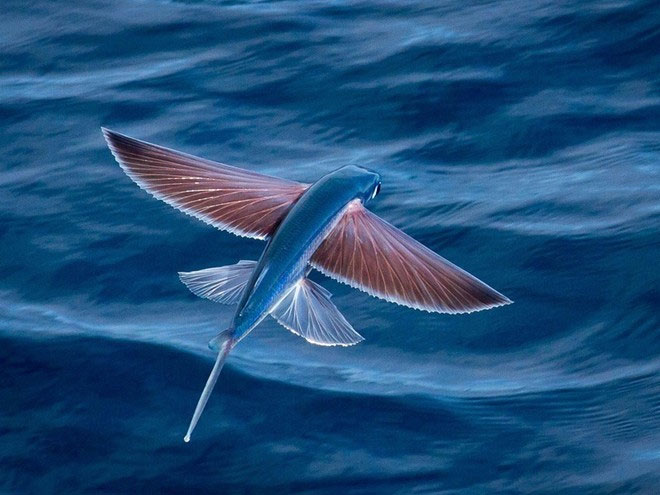 Flying fish (Exocoetidae) is a family of marine fish belonging to the Order Stingfish. They include 64 species.
Flying fish (Exocoetidae) is a family of marine fish belonging to the Order Stingfish. They include 64 species.
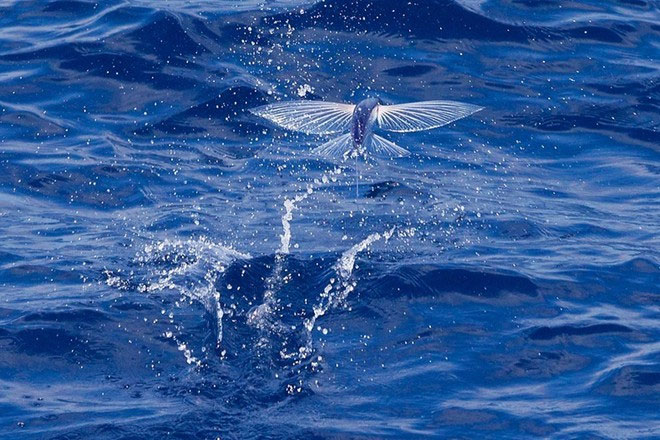 The most outstanding feature of Flying Fish is its very large pectoral fins. Thanks to their large pectoral fins, they can jump up to the surface of the water and fly above the water for several meters.
The most outstanding feature of Flying Fish is its very large pectoral fins. Thanks to their large pectoral fins, they can jump up to the surface of the water and fly above the water for several meters.
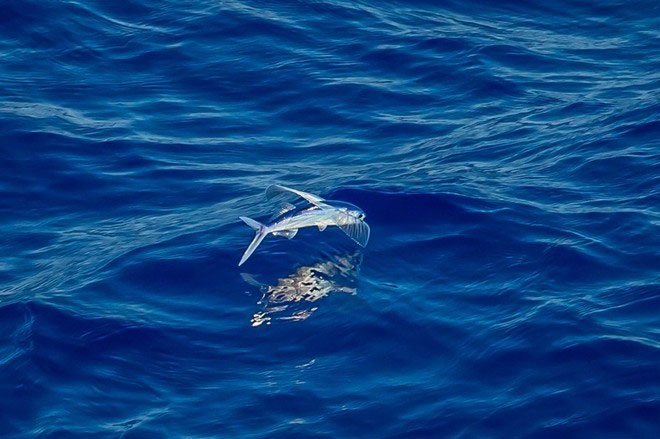 The torpedo-like body of flying fish allows them to move at great speed underwater to easily jump to the surface.
The torpedo-like body of flying fish allows them to move at great speed underwater to easily jump to the surface.
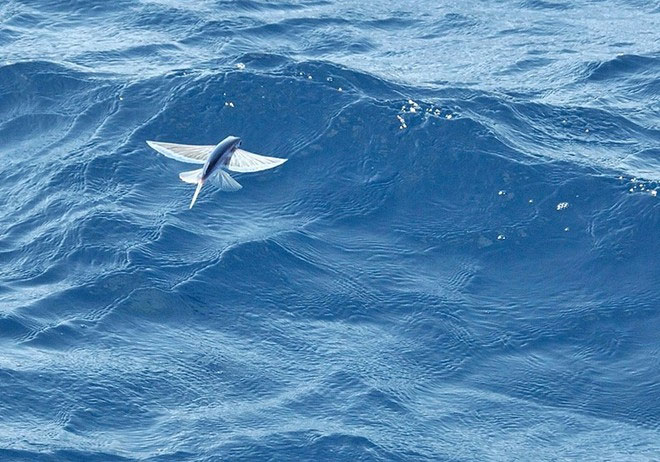 To break through the water, flying fish flick their tails up to 70 times per second. They then spread their pectoral fins and tilt slightly upward to jump out of the water.
To break through the water, flying fish flick their tails up to 70 times per second. They then spread their pectoral fins and tilt slightly upward to jump out of the water.
 The average flight length of flying fish is up to 50m, many can “fly” up to 200m.
The average flight length of flying fish is up to 50m, many can “fly” up to 200m.
 At the end of the flight, they fold their pectoral fins to land in the water, or push their tails into the water to make another flight. Pushing their tail into the water is also a way for them to change their flight direction.
At the end of the flight, they fold their pectoral fins to land in the water, or push their tails into the water to make another flight. Pushing their tail into the water is also a way for them to change their flight direction.
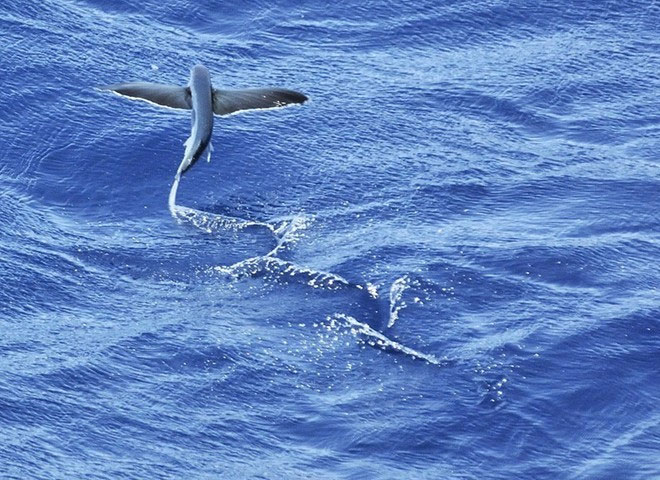 The curved shape of a flying fish’s fin when flying is very similar to the shape of a bird’s wing.
The curved shape of a flying fish’s fin when flying is very similar to the shape of a bird’s wing.
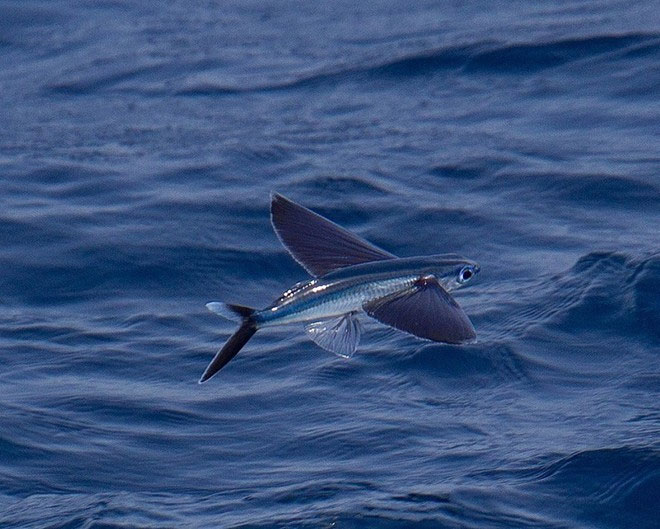 Some species of flying fish have two additional smaller fins behind their pectoral fins, helping them fly up to 400m.
Some species of flying fish have two additional smaller fins behind their pectoral fins, helping them fly up to 400m.
 Scientists believe that flying fish developed the ability to fly to escape predators.
Scientists believe that flying fish developed the ability to fly to escape predators.





